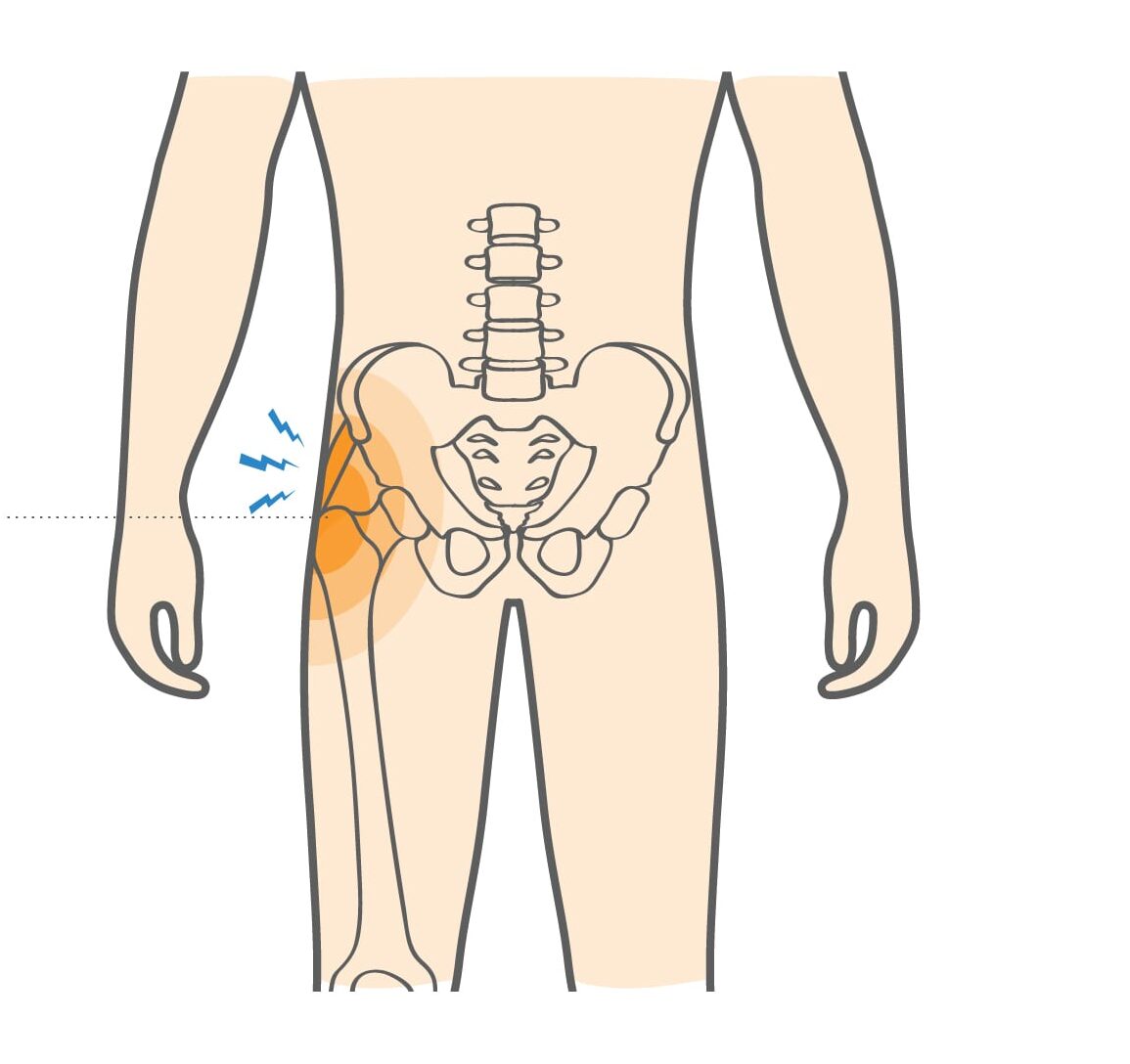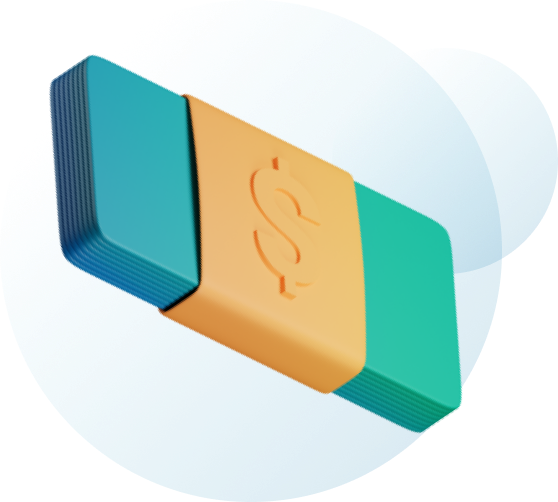Athletes with external snapping hip syndrome often feel and may even see a snapping on the side of their hip during some movements. It’s common to experience this while walking or bending at the hip. This condition happens when muscles or tendons (fibrous tissue that connects muscle to bone) rub over a bony structure in the hip. Most often, a tight iliotibial band snapping over the greater trochanter produces the site and sound, which is a classic example of IT band friction causing lateral hip popping.
External Snapping Hip Syndrome Causes, Symptoms & Treatment
Athletes with external snapping hip syndrome often feel and may even see a snapping on the side of their hip during some movements. It's common to experience this while walking or bending at the hip. This condition happens when muscles or tendons (fibrous tissue that connects muscle to bone) rub over a bony structure in the hip. Most often, a tight iliotibial band snapping over the greater trochanter produces the site and sound, which is a classic example of IT band friction causing lateral hip popping.
Overview
Overview

What causes External Snapping Hip Syndrome?
This type of outer hip snapping occurs at the outer side of the hip. External snapping hip occurs when either of these happens:
- The iliotibial band (IT band), a wide strip of fibrous tissue, goes over a rounded protrusion of the femur (thighbone) called the greater trochanter. The IT band is always tight, as it extends over the side of the thigh. This is the more common cause of external snapping hip.
- The gluteus maximus muscle (the large muscle in the glute) moves over the greater trochanter.
Sports associated with snapping hip syndrome include:
- Dancing (especially ballet)
- Gymnastics
- Short distance running
- Soccer
- Rowing
- Martial arts
Symptoms
People with snapping hip syndrome experience a snapping sensation when walking or engaging in sports-related activities. These people often say, “My hip is popping out of the socket,” but in fact, this is not occurring. They often feel no pain. However, over time, external snapping hip syndrome can lead to inflammation of the tendons, called tendinitis, which may be painful. Other symptoms that may be associated with external snapping hip include:
- Muscle weakness
- Difficulty walking or playing sports
- Difficulty sleeping on the affected side
- Occasional sense of giving way and buckling
- Occasional limp
- Discomfort during hip abduction motions
When to see a doctor
People with external snapping hip syndrome often do not seek medical treatment unless they experience pain. If you are bothered by the lateral hip popping sound or sensation or have mild pain, there are home treatments you can try. These include:
- Applying ice to the side of your hip
- Taking a nonsteroidal anti-inflammatory (NSAID) medication like ibuprofen
- Limiting your activity, including sports that involve a repetitive movement of the hip
If your symptoms don’t improve after 6–8 weeks, see your doctor. He or she will ask about your symptoms, the sports you play, and activities that cause the outer hip snapping. Your doctor will examine your hip, looking for signs of malalignment, weakness, or tightness of the muscles, and may ask you to move your hip to prompt the snapping sound. He or she may also order an x-ray to help rule out other factors causing you pain.
Non-operative treatment
Your doctor may recommend several treatment options, including:
- Rest
- Ice
- Over-the-counter medications, such as a nonsteroidal anti-inflammatory (NSAID) medication like ibuprofen
- Corticosteroid injections into the bursae, or fluid-filled sacs around the hip joint, to reduce inflammation and pain
- Physical therapy for stretching and soft tissue modalities that target IT band friction
Surgical Treatment
Snapping hip syndrome is usually treated non-surgically. On rare occasions, when the snapping is particularly severe and non-responsive to non-surgical care, surgical release of the iliotibial band may become necessary to address the persistent hip abduction pain and reduce mechanical friction over the greater trochanter.
Recovery
Athletes can return to play when they can perform sports-related activities without pain. To hasten your return to sports, you may consider substituting repetitive motion activities (e.g., cycling, running) with other forms of exercise or sport (e.g., swimming) that are less likely to aggravate your hip. Many times, the lateral hip popping sound may persist, but as long as the pain resolves, it is safe to return to play. Following your doctor’s guidance on stretching and exercises, even after symptoms have resolved, will help prevent a recurrence of the inflammation and pain.
GET BACK TO WHAT YOU LOVE. FASTER
Sources
https://orthoinfo.aaos.org/en/diseases–conditions/snapping-hip/
https://www.sports-health.com/sports-injuries/hip-injuries/3-types-snapping-hip-syndrome
https://www.webmd.com/a-to-z-guides/snapping-hip-syndrome-causes-symptoms-treatments#1
https://www.sportsmedtoday.com/snapping-hip-syndrome-va-138.htm
https://www.healthline.com/health/snapping-hip-syndrome
Frequently Asked Questions
How long does it take to recover from external snapping hip syndrome?
Most people improve within 6 to 8 weeks with rest, physical therapy, and activity modification. For severe cases, full recovery may take several months, especially if inflammation from IT band friction is present.
Is lateral hip popping always painful?
Not always. Many individuals experience lateral hip popping or snapping without any pain. However, over time, repetitive outer hip snapping can lead to painful tendinitis if untreated.
What stretches or exercises help relieve hip abduction pain from snapping hip syndrome?
Stretching the IT band, gluteal muscles, and hip flexors can help. A physical therapist may also guide you through strengthening exercises to reduce hip abduction pain and prevent recurrence.
Can I still exercise with external snapping hip syndrome?
Yes, but it's essential to avoid activities that aggravate symptoms. Low-impact options like swimming are ideal. Gradually return to sports as hip abduction pain and IT band friction symptoms subside.

